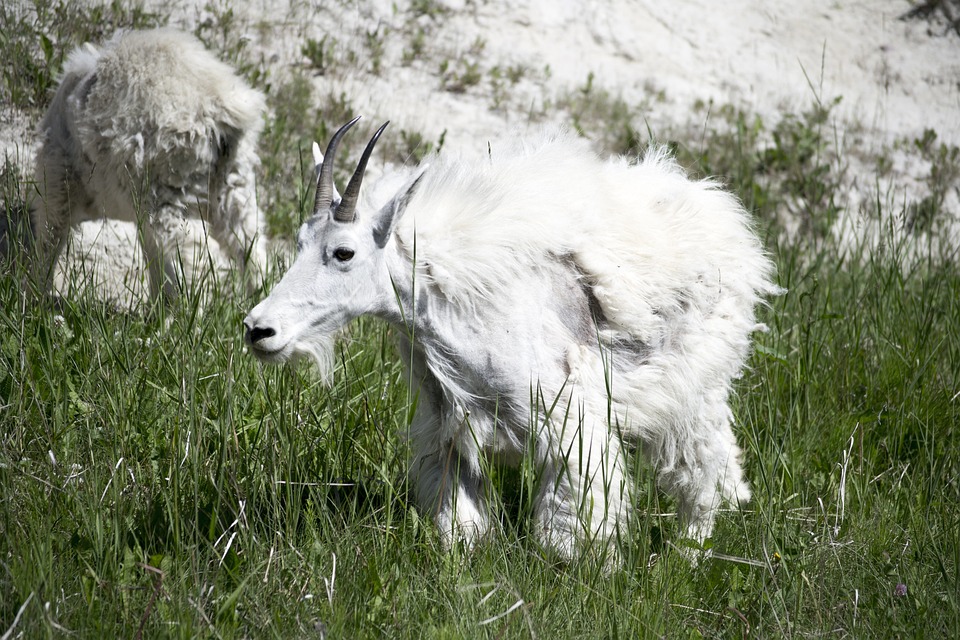What Is the Climate in Missouri? A Guide to Seasonal Weather Patterns in the Show-Me State
Missouri, located in the central United States, experiences a diverse climate influenced by both northern and southern weather patterns. The state is primarily classified as having a humid continental climate in the north, transitioning to a humid subtropical climate in the southern regions. Understanding Missouri’s weather is crucial for residents, farmers, and travelers alike.
1. General Climate Overview: Humid Continental and Subtropical Influences
Missouri’s climate features distinct seasonal variations:
– Humid Continental (Köppen classification Dfa) dominates the northern part of the state, characterized by cold winters and warm summers.
– Humid Subtropical (Köppen classification Cfa) influences the southern regions, resulting in milder winters and hotter, more humid summers.
The state experiences four distinct seasons:
– Summer: Hot and humid, with average temperatures ranging from 70°F to 90°F (21°C to 32°C).
– Winter: Cold, with temperatures typically between 20°F and 40°F (-6°C to 4°C).
– Spring and Fall: Moderate temperatures with significant variability in weather patterns.
Precipitation varies across Missouri, with annual averages ranging from 34 inches in the northwest to about 50 inches in the southeast[1][2][7].
2. Seasonal Climate Breakdown in Missouri
Winter (December to February)
– Average temperatures range from 20°F to 40°F (-6°C to 4°C), colder in northern Missouri.
– Snowfall is common, particularly in the north, averaging between 18 to 24 inches annually.
– Conditions can include cold snaps and ice storms.
Spring (March to May)
– Temperatures warm from about 40°F to 70°F (4°C to 21°C), with increasing rainfall.
– Thunderstorms become frequent, especially in April and May, often leading to severe weather events like tornadoes.
– This season marks a blooming period with high variability in weather.
Summer (June to August)
– Characterized by hot and humid conditions; average temperatures range from 70°F to 90°F (21°C to 32°C).
– High humidity levels lead to frequent thunderstorms, occasionally severe.
– July is typically the hottest month.
Autumn (September to November)
– Cooling temperatures from about 50°F to 70°F (10°C to 21°C), with decreasing humidity.
– Pleasant weather with vibrant fall foliage; first frost often appears late in November.
3. Regional Climate Variations Across Missouri
Missouri’s climate exhibits regional differences:
– Northern Missouri: Experiences a more pronounced humid continental climate with colder winters and moderate snowfall.
– Southern Missouri: Influenced by humid subtropical conditions, resulting in milder winters and warmer summers.
– Missouri River Valley: Acts as a moderating factor for temperatures, particularly around urban areas like St. Louis and Kansas City[5][6].
4. Extreme Weather in Missouri
Missouri is prone to extreme weather events:
– Tornadoes: The state experiences an average of over 30 tornadoes annually, mostly occurring during spring months of April and May[4][9].
– Thunderstorms and Flooding: Heavy rainfall can lead to flash flooding, particularly dangerous for low-lying areas[8].
– Heatwaves: Summers can bring intense heatwaves exacerbated by high humidity levels.
5. Climate Change and Its Effects on Missouri
Recent observations indicate warming trends in Missouri:
– Average temperatures have increased nearly $$1^circ F$$ since the early 20th century.
– Increased frequency of extreme weather events such as heavy rainfall and intense heat is projected[7][9].
– These changes pose risks for agriculture, water resources, and natural ecosystems throughout the state.
FAQs
– What is the average temperature in Missouri throughout the year?
Average annual temperatures vary significantly across the state but generally range from about $$43^circ F$$ (6^circ C) to $$62^circ F$$ (17^circ C).
– Does Missouri get a lot of snow in winter?
Yes, especially in northern regions where snowfall averages between $$18$$ to $$24$$ inches annually.
– When is tornado season in Missouri?
Tornado season typically peaks during April and May.
– How humid are summers in Missouri?
Summers are quite humid; average relative humidity often exceeds $$70%$$.
– What is the best time of year to visit Missouri?
Spring (April-May) and autumn (September-November) are ideal for pleasant weather and vibrant scenery.
Conclusion
Missouri’s climate is characterized by its four distinct seasons and regional variations influenced by both continental and subtropical systems. Understanding these patterns is essential for navigating the state’s diverse weather conditions, especially considering the increasing risks associated with extreme weather events due to climate change. From warm summers filled with humidity to cool winters marked by snow, Missouri’s climate offers a unique experience throughout the year.

Kyle Whyte is a notable scholar and professor at the University of Michigan, holding positions such as the George Willis Pack Professor in the School for Environment and Sustainability and Professor of Philosophy. Specializing in environmental justice, his work critically examines climate policy and Indigenous peoples’ ethics, emphasizing the nexus between cooperative scientific endeavors and Indigenous justice. As an enrolled Citizen Potawatomi Nation member, he brings a vital perspective to his roles as a U.S. Science Envoy and member of the White House Environmental Justice Advisory Council. His influential research is supported by various prestigious organizations including the National Science Foundation, and disseminated through publications in high-impact journals. Kyle actively contributes to global Indigenous research methodologies and education, with affiliations to numerous institutes and societies dedicated to traditional knowledge and sustainability. Recognized for his academic and community engagement, Kyle has earned multiple awards and served in various visiting professorships. His efforts extend to leadership positions on boards and committees focused on environmental justice nationwide.
